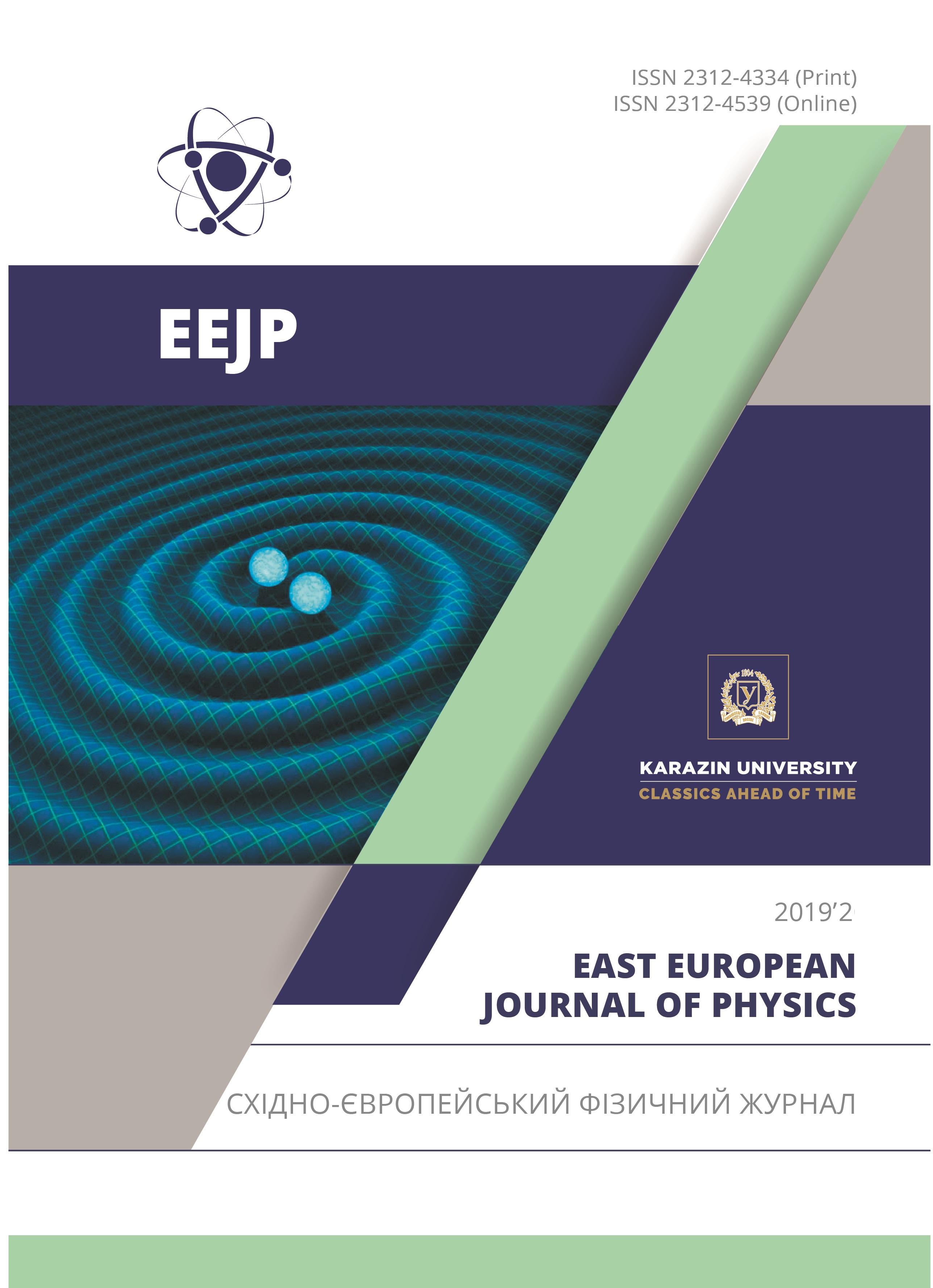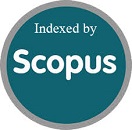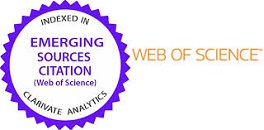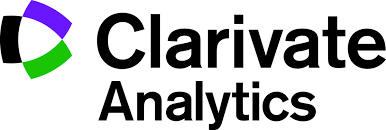Regularities of Changes in Kearns Texture Coefficient at Cold Rolling of Zr-2.5%Nb Alloy
Abstract
-ray studies of the changes in characteristics of crystallographic texture with cold deformation of Zr‑2.5%Nb alloy plates by longitudinal and cross rolling up to 56% at the speed of 5…10 sec-1 were carried out. The original plates were made from longitudinal fragments and rings cut from Æ15.0´1.5 mm² tube, and were then annealed at 580 °C. Texture of the plates was studied by the method of inverse pole figures with calculation of the Kearns texture coefficient along the normal to the plate plane. Dependences of the texture coefficient on degrees of deformation of the plates are built. A discrepancy was found between texture coefficient values measured on different sides of the plates, which is associated with the straightening of the original tube fragments and invariance of “c”-axes distribution after subsequent annealing of the initial plates. By introducing corrections to the degree of deformation calculated from the parameters of the cross section of the original tube, such discrepancies were eliminated for the data on cross-rolling of the material. As a result, for both deformation schemes, two stages of changes in the texture coefficient with alloy deformation were revealed: the initial stage of its growth and the subsequent stage of minor changes. Both stages are mainly linear and have the boundary value of the texture coefficient equal to 0.65...0.68. To study the structural mechanisms of changes in the texture of the alloy, an original technique of comparative analysis of changes in the texture coefficient of the material and in the distribution of crystallographic orientations is applied. It is established that at the initial stage of changes in the texture coefficient with deformation in both schemes, the rotation of the crystallographic “c” axes of the material occurs abruptly, and it does at angles of more than 60°. This confirms the essential role of twinning in the texture changes of the alloy. In particular, we have shown that the initial stage is significantly dominated by the {102}á011ñ system of tensile twins. Connection of twinning with differences in texture changes at the longitudinal and cross rolling of the alloy is discussed.
Downloads
References
Kearns, WAPD-TM-472, Westinghouse Electric Corporation, Pittsburg, Pa. USA (1965).
P.A. Tempest, J. Nucl. Mater. 92(2-3), 191-200 (1980), https://doi.org/10.1016/0022-3115(80)90102-6.
J.J. Kearns and C.R. Woods, J. Nucl. Mater. 20(3), 241-261 (1966), https://doi.org/10.1016/0022-3115(66)90036-5.
V.M. Allen, M. Preuss, J.D. Robson and R.J. Comstock, Mater. Sci. Forum 495-497, 675–80 (2005), https://doi.org/10.4028/www.scientific.net/MSF.495-497.675.
J.J Stobo and B. Pawelski, J. Nucl. Mater. 4(1), 109 (1961), https://doi.org/10.1016/0022-3115(61)90155-6.
E.F. Sturcken and W.R. McDonell, J. Nucl. Mater. 7(1), 85-91 (1962), https://doi.org/10.1016/0022-3115(62)90196-4.
R.A. Murgatroyd and A. Rogerson, J. Nucl. Mater. 79(2), 302-311 (1979), https://doi.org/10.1016/0022-3115(79)90095-3.
A. Rogerson and R.A. Murgatroyd, J. Nucl. Mater. 80(2), 253-259 (1979), https://doi.org/10.1016/0022-3115(79)90188-0.
G.B. Harris, Phil. Mag. 43(336), 113-123 (1952), https://doi.org/10.1080/14786440108520972.
A. Guinier, Théorie et Technique de la Radiocristallographie, 2nd ed. (Paris, 1956) 736 p. (in French)
P.R. Morris, J. Appl. Phys. 30(4), 595–596 (1959), https://doi.org/10.1063/1.1702413.
V.M. Grytsyna, D.G. Malykhin, T.S. Yurkova, K.V. Kovtun, T.P. Chernyayeva, G.P. Kovtun and V.N. Voyevodin, Physics of Radiation Effect and Radiation Materials Science, 5(117), 69-74 (2018), in: https://vant.kipt.kharkov.ua/CONTENTS/CONTENTS_2018_5.html.
V.M. Grytsyna, A. Stukalov, T. Chernyayeva, V. Krasnorutskyy, D. Malykhin, V. Voyevodin, and V. Bryk, J. ASTM International, 2(8), 1 22 (2005), https://doi.org/10.1520/JAI12339.
D. Malykhin, G.P. Kovtun and T.S. Potina, Problems of Atomic Science and Technology 1, 35-40 (2016).
E.A. Calnan and C.J.B. Clews, Phil. Mag. 42(331), 919-931 (1951), https://doi.org/10.1080/14786445108561320.
E. Tenckhoff, J. ASTM International 2(4), 1-26 (2005), https://doi.org/10.1520/JAI12945.
C.N. Tome’, R.A. Lebensohn and U.F. Kocks, Acta Metall. Mater. 39(11), 2667-2680 (1991), https://doi.org/10.1016/0956-7151(91)90083-D.
R.J. McCabe, G. Proust, E.K. Cerreta and A. Misra, International Journal of Plasticity, 25(3), 454-472 (2009), https://doi.org/10.1016/j.ijplas.2008.03.010.
Bai-feng Luan, Qing Ye, Jian-wei Chen, Hong-bing Yu, Dong-li Zhou and Yun-chang Xin, Trans. Nonferr. Met. Soc. China 23(10), 2890-2895 (2013), https://doi.org/10.1016/S1003-6326(13)62811-3.
Citations
Surface Purity Effect on Irregularities of Changes in Deformation Texture of Zr-2.5% Nb Alloy
(2021) East European Journal of Physics
Crossref
Authors who publish with this journal agree to the following terms:
- Authors retain copyright and grant the journal right of first publication with the work simultaneously licensed under a Creative Commons Attribution License that allows others to share the work with an acknowledgment of the work's authorship and initial publication in this journal.
- Authors are able to enter into separate, additional contractual arrangements for the non-exclusive distribution of the journal's published version of the work (e.g., post it to an institutional repository or publish it in a book), with an acknowledgment of its initial publication in this journal.
- Authors are permitted and encouraged to post their work online (e.g., in institutional repositories or on their website) prior to and during the submission process, as it can lead to productive exchanges, as well as earlier and greater citation of published work (See The Effect of Open Access).








